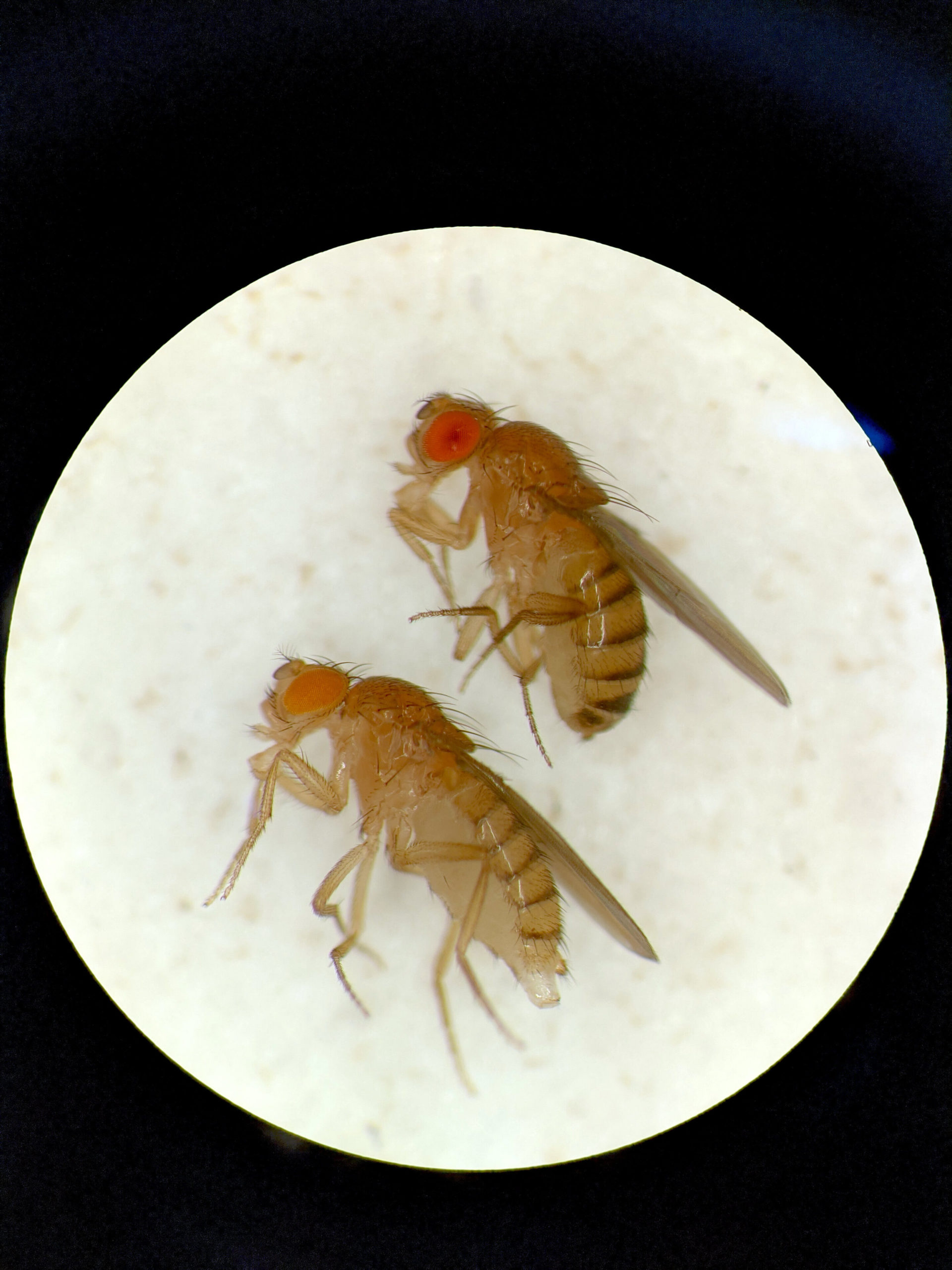Drosophila fruit (Drosophila melanogaster) is a species of fruit fly in the genus Drosophila.
Beginning with Charles W. Woodworth's proposal to use this species as a model organism, D.Melanogaster continues to be widely used for biological research in the fields of genetics, physiology, microbial pathogenesis and life cycle evolution.As of 2017, six Nobel Prizes have been awarded for research using fruit flies.This insect is commonly used in research because of its rapid life cycle, relatively simple genetics with four pairs of chromosomes, and a large number of offspring per generation.
Latest sensitivity studyDrosophila photoreceptors, carried out by scientists, is one of the first studies of this kind in 20 years. Through their genetic work and through technological advances, researchers have been able to study the sensitivity of photoreceptors to different wavelengths of light (or hue).
Research has shown:
- all receptors - those that process UV, blue and green - had significant shifts in light sensitivity compared to what was previously known;
- the most significant shift occurred in the green photoreceptor, its photosensitivity shifted by 92 nm - from 508 nm to 600 nm; Equivalent to better perception of orange rather than green;
- a yellow carotenoid filter in the eye (derived from vitamin A) contributes to this shift;
- the red pigmented eyes of fruit flies transmit long wavelength light between the photoreceptors, which can negatively affect the fly's vision.
 Coloring of wild-type eyes in Drosophila (red eyes) and with reduced screening pigment (orange eyes). Credit: Camilla Sharkey
Coloring of wild-type eyes in Drosophila (red eyes) and with reduced screening pigment (orange eyes). Credit: Camilla Sharkey
Researchers discovered this by reducing the amountcarotenoids in the diet of red-eyed flies and in insects with reduced eye pigmentation. While species of black-eyed flies (such as houseflies) may better isolate long-wavelength light for each pixel of their vision, flies with red eyes (fruit flies) are likely to suffer from impaired vision.
Carotenoid filter that absorbs light intoblue and violet spectrum also has a secondary effect. It sharpens the photoreceptors of ultraviolet light, helping flies better distinguish between light wavelengths and, as a result, better color vision.
Read also
Scientists have figured out exactly how heat stress damages sperm
The annual mission in the Arctic has ended and the data are disappointing. What awaits humanity?
On day 3 of illness, most COVID-19 patients lose their sense of smell and often suffer from a runny nose